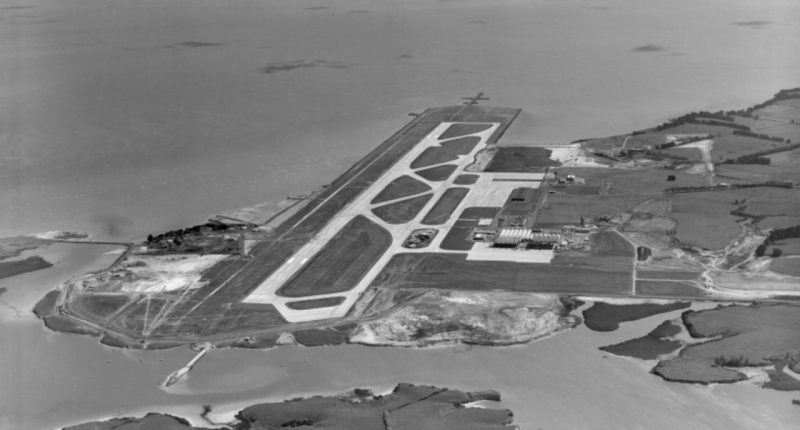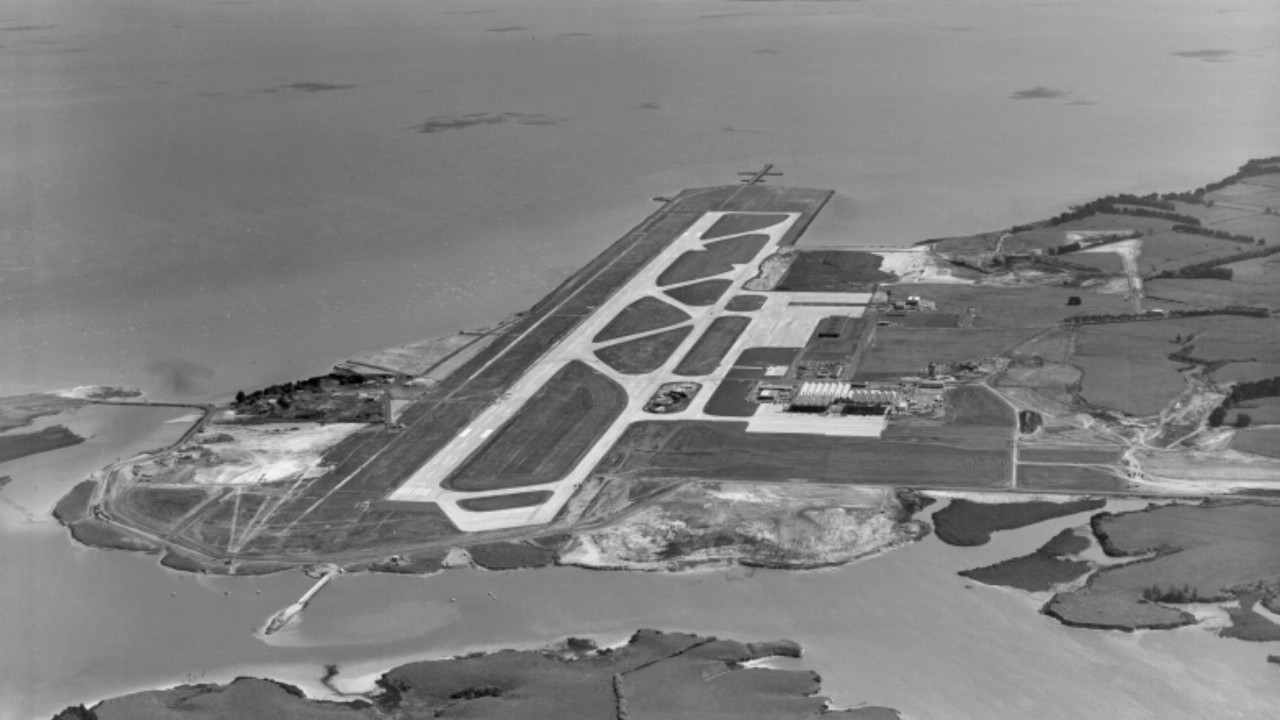Auckland Airport (AIA) will soon undergo its biggest redevelopment since it was established in 1966, combining both its domestic and international airports under one roof.
The long-awaited upgrade marks the end of a more-than-10-year consult with AIA’s airline customers and the evaluation of 21 concept designs for the ageing domestic terminal.
“It’s nearing capacity, and it’s no longer fit for purpose and hasn’t been for some time. If it wasn’t for the pandemic, we would already be well underway with its replacement,” Auckland Airport Chairman Patrick Strange said.
“This is a major investment for Auckland Airport — one which we have been working towards for many years.”
Mr Strange said the upgrades and revamp would serve travellers, airlines and New Zealand as a whole moving forwards and in the future.
The redevelopment program is expected to cost around $3.9 billion and will take between five and six years to complete.
The upgrade efforts are expected to create a further 2000 new jobs at the height of construction.
Airport upgrades
The announced redevelopment will bring AIA’s domestic and international airports under the same roof for the first time since 1977 — expanding east on its existing international terminal building.
Auckland Airport Chief Executive Carrie Hurihanganui said it would build the “gateway Auckland and New Zealand need”.
“A new domestic terminal integrated into the international terminal will make Auckland
Airport fit for the future, providing a much-improved experience for travellers — something
they’ve clearly and repeatedly told us they want,” she said.
Ms Hurihanganui said the planned upgrade included “modern spaces, efficient passenger
processing areas, improved bathroom facilities and faster baggage systems”.
It will provide commuters with swifter connections between domestic and international travel, as well as public transport and the city.
“It will make travel easier and faster, cutting domestic jet to international transfer times to
a five-minute indoor walk,” she added.
“A new check-in experience will provide state-of-the-art facilities for both domestic and international travellers, including the ability to check in and store your bag at any time throughout the day.”
Before COVID, 62 per cent of domestic passengers in New Zealand passed through the airport each year, and Ms Hurihanganui said the upgrade was well overdue.
“In short, renovations just won’t cut it anymore.”
The AIA also confirmed its plans to promote a more sustainable future, including charging for electric ground handling equipment and vehicles, as well as using design and construction that minimises waste and maximises water efficiency.
A total of 9.6 million domestic passengers use the domestic airport each year, while 11.5 million international passengers pass through the international terminal — all set to reap the benefits of a new combined terminal.
Global airport rebuilds
The pandemic has been a wake-up call for many airports across the globe, yielding them a chance to review systems and infrastructure in the uncertain times that put the industry on hold.
Auckland Airport believes its not the only airport which requires investment.
According to Airports Council International (ACI), globally around US$2.4 trillion (A$3.6 trillion) needs to be spent on airport infrastructure over the next two decades, with more than half of that investment in the Asia Pacific region.
Ms Hurihanganui said times had changed since the wake of the aviation industry in the 60s, and infrastructure needed to be upgraded.
“Airports were built in the 1960s at the dawn of the jet age, and right across the world
upgrades are taking place to better serve today’s modern traveller as well as the future of aviation,” she said.
“New airports like Western Sydney in Australia are being built. However, the majority of investment is going into modernising and enhancing existing airports like Auckland Airport.”
The Western Sydney International (WSI) airport is expected to commence operations in 2026.
Other new airport upgrades and developments across the globe include India’s $420 million Mysore airport runway expansion, Nevada’s $1 billion Reno-Tahoe international airport expansion and a further expansion at Pudong International Airport in Shanghai, China.
Landing back at the Auckland Airport situation, domestic travel will continue operating in its existing terminal during the course of construction efforts for the redevelopment.
Ms Hurihanganui has warned “future airline charges will have to increase” to keep up with the new costs incurred from the upgrades.
In saying that, Auckland Airlines has vowed to regulate its prices in line with the Commerce Commission’s regulatory disclosure framework.
The replacement of Auckland’s 57-year-old terminal sparks the dawn of a new era for the New Zealand aviation industry as it moves away from the pandemic-affected times.








